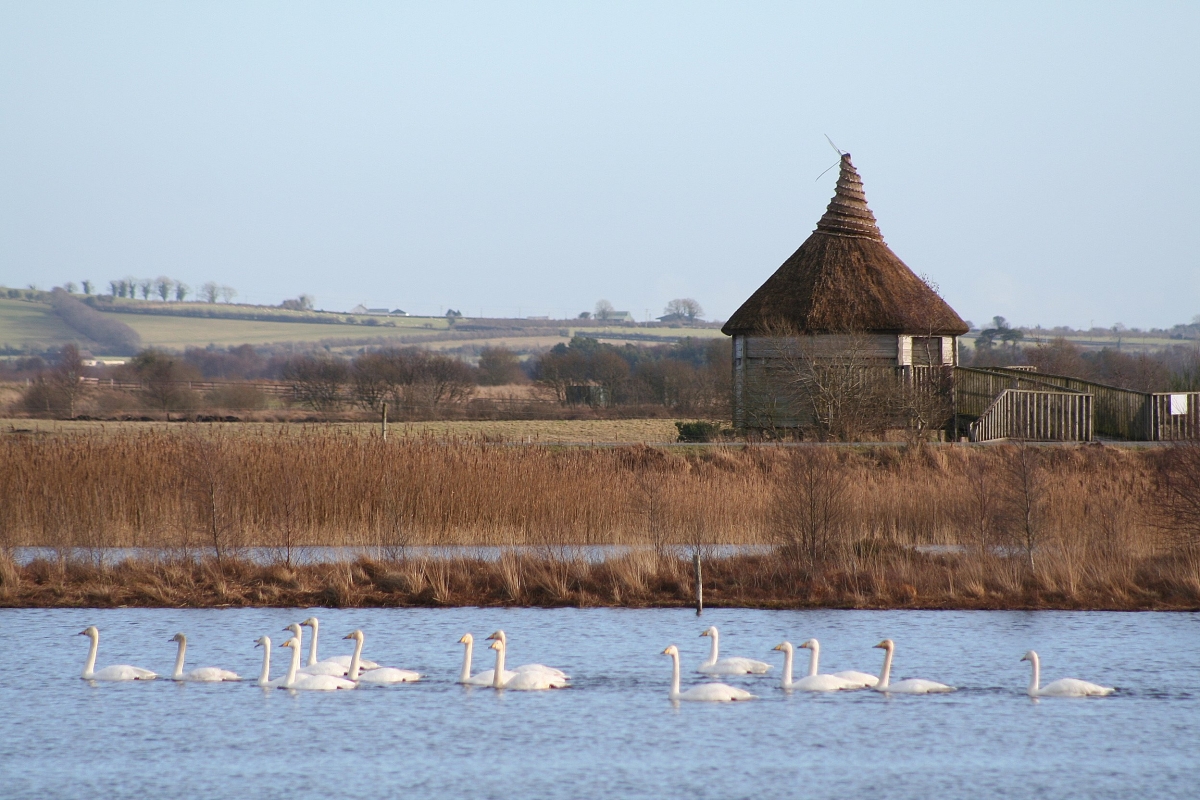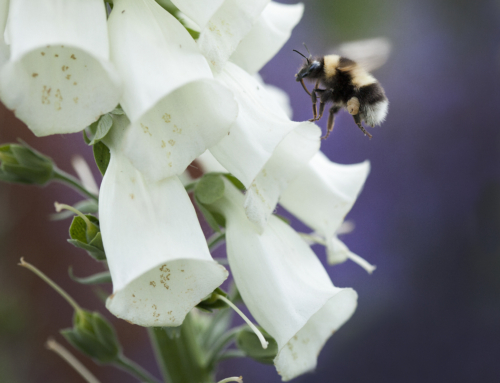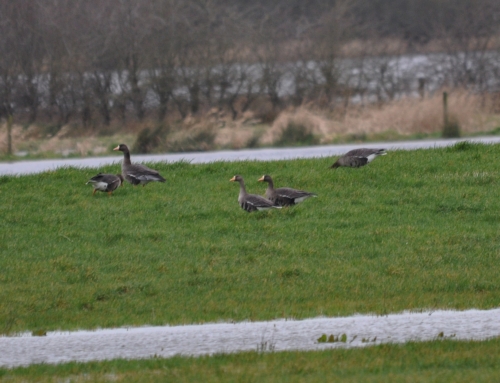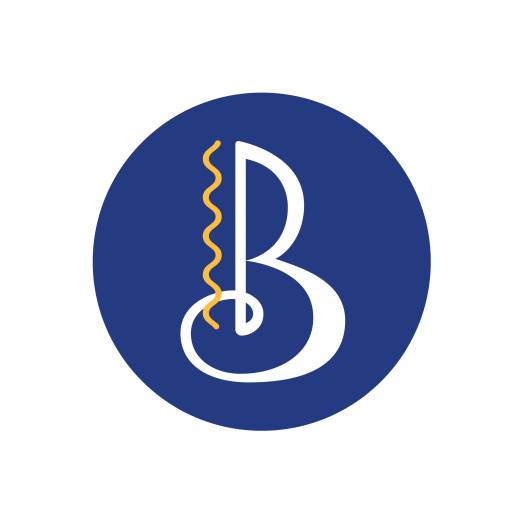Boora comprises several small, freshwater lakes interspersed with areas of private farmland and forestry plantations. The wetlands and amenity areas are principally managed by Bord na Móna, through a collaborative community partnership (The Lough Boora Parklands Group).
Important Bird Species: Grey Partridge, Marsh Harrier, Short-eared Owl
Access: This area of the Lough Boora Parklands is located between Boora village (south o f the R357 Blueball-Cloghan Road) and north of Kilcormac (which lies on the N52 Tullamore-Birr Road). A number of car parks and way-marked trails exist on the site, and it is worth collecting site information leaflets from a local tourist office for a detailed map of the site (or see www.loughbooraparklands.com). Much of the land is privately farmed and, due to the presence of vulnerable ground-nesting birds in the area (especially Grey Partridge and waders such as Lapwing and Ringed Plover), it is essential that visitors stick to the ample network of paths, trails and tracks in the area. Also, dogs should not be taken into the core partridge conservation areas.
f the R357 Blueball-Cloghan Road) and north of Kilcormac (which lies on the N52 Tullamore-Birr Road). A number of car parks and way-marked trails exist on the site, and it is worth collecting site information leaflets from a local tourist office for a detailed map of the site (or see www.loughbooraparklands.com). Much of the land is privately farmed and, due to the presence of vulnerable ground-nesting birds in the area (especially Grey Partridge and waders such as Lapwing and Ringed Plover), it is essential that visitors stick to the ample network of paths, trails and tracks in the area. Also, dogs should not be taken into the core partridge conservation areas.
Birds: Boora is the location of the only remaining population of Irish Grey Partridge. The small areas of tillage  (provided especially for the Grey Partridge to rear and feed chicks in) between Tumduff Beag and Finnamores, especially the Marl Square area, are the best spots to look or listen for these and other birds that take advantage of the habitat, such as Merlin and breeding Lapwings. Spring and early summer is a good time to visit, with breeding Lapwing, Little Grebe and a colony of Black-headed Gulls at Tumduff Beag. Tumduff Mór and the Marl Square have had summering Marsh Harrier, Short-eared Owl and Quail in recent years. Across the road from Tumduff Beag is Boora Lake, which can be good for passage waders in spring (Red-necked Phalaropes were recorded here in both 2007 and 2008) and autumn (typically Ringed Plover and Common Sandpiper, interspersed with the occasional Ruff or Greenshank). During winter there are regularly over 100 Whooper Swans around the site, with huge flocks of 1,000+ Lapwing and Golden Plover and smaller flocks (50+) of Curlew also present. The Grey Partridge tillage plots are also worth checking for wintering seed-eating flocks, dominated by Linnet, Lesser Redpoll, Chaffinch, Greenfinch and Goldfinch, but with the occasional Stock Dove or Brambling. Hen Harrier are seen regularly during the winter.
(provided especially for the Grey Partridge to rear and feed chicks in) between Tumduff Beag and Finnamores, especially the Marl Square area, are the best spots to look or listen for these and other birds that take advantage of the habitat, such as Merlin and breeding Lapwings. Spring and early summer is a good time to visit, with breeding Lapwing, Little Grebe and a colony of Black-headed Gulls at Tumduff Beag. Tumduff Mór and the Marl Square have had summering Marsh Harrier, Short-eared Owl and Quail in recent years. Across the road from Tumduff Beag is Boora Lake, which can be good for passage waders in spring (Red-necked Phalaropes were recorded here in both 2007 and 2008) and autumn (typically Ringed Plover and Common Sandpiper, interspersed with the occasional Ruff or Greenshank). During winter there are regularly over 100 Whooper Swans around the site, with huge flocks of 1,000+ Lapwing and Golden Plover and smaller flocks (50+) of Curlew also present. The Grey Partridge tillage plots are also worth checking for wintering seed-eating flocks, dominated by Linnet, Lesser Redpoll, Chaffinch, Greenfinch and Goldfinch, but with the occasional Stock Dove or Brambling. Hen Harrier are seen regularly during the winter.




